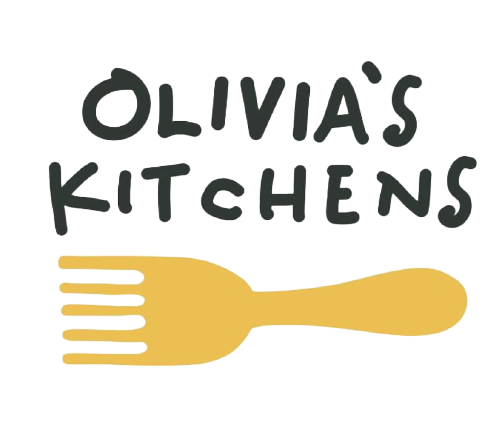The University of Cincinnati College of Medicine is located just to the northeast of Avondale, which is located northeast of Downtown Cincinnati. Reading Road is lined with colorful murals and has plenty of bars, cafes, and laid-back eateries. Hauck Botanical Garden and the Civic Garden Center of Greater Cincinnati are two nearby parks. Among the many attractions at the Cincinnati Zoo & Botanical Garden are Hippo Cove, Gorilla World, and Roo Valley.
Moreover, forty percent of Avondale’s population is impoverished or lives in extreme poverty. Over 77% of the population is now renting. Two major demonstrations for civil rights, part of the greater Civil Rights Movement and the Black Power movement in the United States, began in Avondale in 1967 and 1968. The areas of North Avondale, Evanston, Walnut Hills, Corryville, and Clifton form its encircling neighborhoods.
In the nineteenth century, Avondale was a rural suburb. It was largely settled by Anglo-German Protestant families. Legend has it that in 1853 the area was first dubbed “Avondale” by the wife of Stephen Burton, a wealthy ironworks owner after she saw similarities between the stream behind her home and the Avon River in England. Daniel Collier, Seth Evans, and Joe C. Moores incorporated the business in July 1864.
Burglaries, vagrants, public intoxication, and fights plagued the neighborhood from the 1870s until the 1890s. In 1896, the City of Cincinnati annexed Avondale. During the years after World War II, sixty percent of Avondale’s population was Jewish, but this percentage dropped to forty percent when the area began to attract people of lower socioeconomic status who had followed the streetcars there. Until the Black West End community was evacuated by the building of the Millcreek Expressway in the 1940s, the area remained uninhabited. Real estate agents at the time would only let Black families into areas with an established Black community, and Avondale had a Black community since the middle of the nineteenth century.
Avondale’s North and South sections became increasingly divided after Black families began moving there. The residents of North Avondale were able to keep the value of their property and the uniqueness of their streets. The rest of Avondale became notorious for its rising crime rate, dropping land values, and dilapidated houses. Absentee landlords ignored their properties and tenants often abused the premises.
By 1956, the city classified Avondale as neglected and tried to restore it, with the work from 1965 and 1975 helping institutions such as the University of Cincinnati and surrounding hospitals. The city made a commitment to better the housing crisis, but it has instead reduced the number of available homes by imposing massive destruction for street improvements, parking, and institutional growth.
Downtown Cincinnati
Olivia’s Kitchens of Cincinnati
